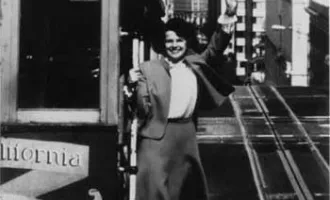Carpal Tunnel Syndrome
Carpal Tunnel Syndrome (CTS) is an irritating condition that affects 1-3% of the general population. UCSF graduate students appear to be at an especially high risk for CTS, although published research has yet to demonstrate this.
CTS is characterized by numbness, tingling, burning or pain in the thumb, index and middle fingers. Often pain is not the immediate concern; rather, many individuals with CTS complain of numbness in the middle of the night, relieved by shaking the hand.
CTS occurs when the median nerve becomes compressed within the carpal tunnel. Women are three times more likely to be affected than men, thought to be due to their narrower carpal tunnel. Exam findings include slowing of median nerve conduction secondary to nerve compression, and decreased grip strength.
Risk factors include older age, obesity, female gender, and comorbidity of another medical condition. Specifically relevant to physical therapy, individuals who have a prior distal upper extremity disorder, engage in recreational hand activities greater than three hours a week or forceful hand exertions on the job, and use vibrating tools are at a greater risk for CTS. Interestingly, Fan et al. demonstrated in a multi-site cross sectional study that wrist posture and repetitive wrist motions are not associated with an increase in CTS.
What you can do about it
Typically, conservative treatment involves an honest examination of activities that aggravate symptoms. Avoid repetitive gripping and pinching, and examine your current workplace set up and daily posture. Are you married to your mouse? Hunched over your pipette? Drowning in your computer? If so, that all needs to change now! Your head and neck should remain upright throughout the day.
The addition of wearing a splint at night may also alleviate symptoms. The splint should be worn throughout the night and maintain your wrist in a neutral position, as this is associated with the lowest carpal tunnel pressure.
Lastly, take a break from intensive work activities as often as possible. Intermittent wrist and finger motion for one minute can lower the pressure in the carpal tunnel.
Surgical treatment
Surgical decompression of the carpal tunnel has actually been found to be more effective than conservative management at restoring nerve conduction and reducing pain, at both six and twelve months post treatment. As improvements are noted in both conservatively and surgically treated patients, conservative care is recommended as the first line of treatment to avoid complications associated with surgery.


